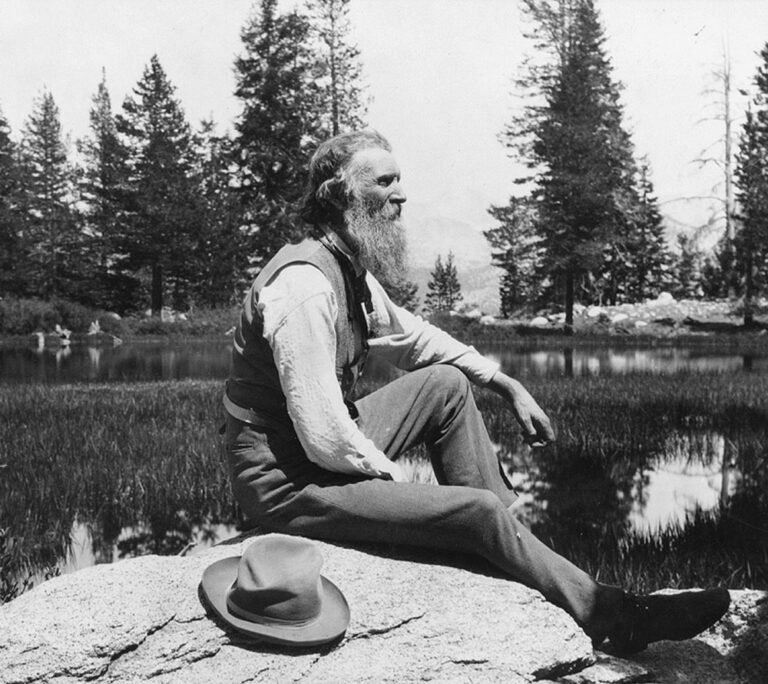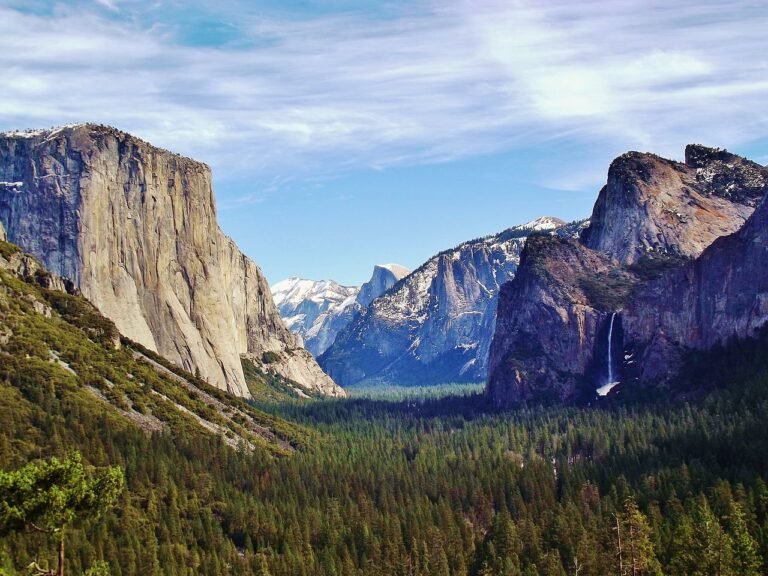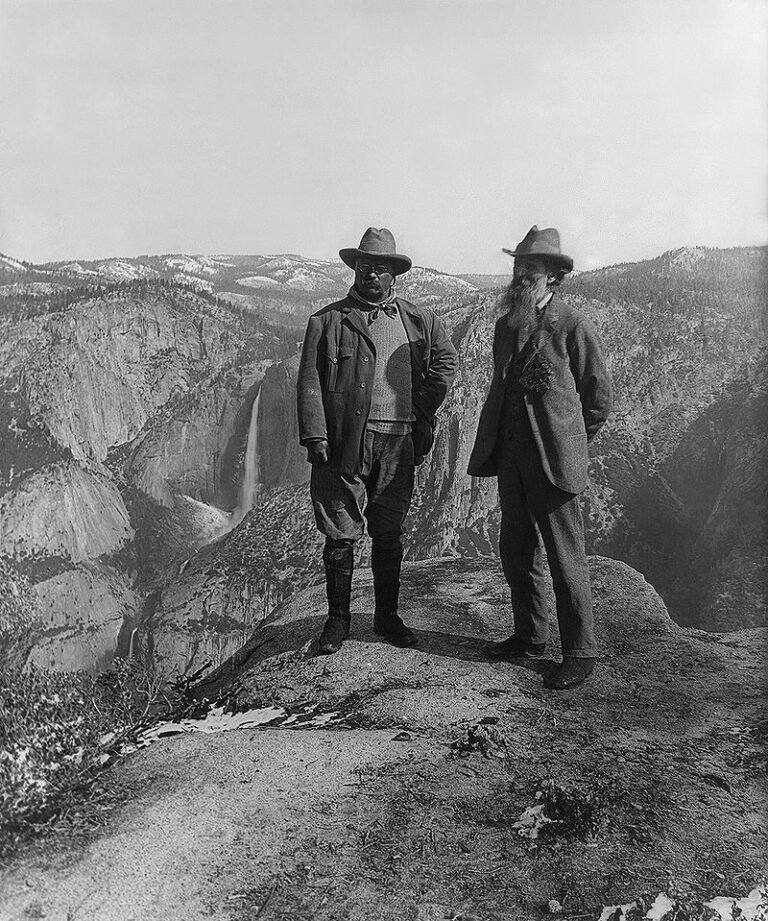
Father of the National Parks
No self-respecting publication about nature could start anywhere other than John of the Mountains, especially when the title of the newsletter comes directly from one of his quotations. What follows is the most simplistic overview one could fit in a newsletter. These words will not do him justice, so please read more about this amazing person.
John Muir was the paragon of outdoor humans, the Gandalf of the crags, the intrepid explorer every hiker dreams of emulating. Picture a wizened, bearded hermit and the image of Muir is indubitably what will arise.

Born in Scotland, Muir was seemingly beckoned spiritually to the natural splendors of the United States. In 1867 he walked from Kentucky to Florida, a saunter (he disliked the word “hike”) he later detailed in A Thousand-Mile Walk to the Gulf . After exploring Cuba, he eventually sailed to California, where an ignition of love arose.
Venturing into Yosemite, Muir was immediately enthralled. He noted, “We are now in the mountains and they are in us, kindling enthusiasm, making every nerve quiver, filling every pore and cell of us.” A biographer described his effervescence: his journal “blazes from the page with the authentic force of a conversion experience.” He built a cabin over a stream, so it could flow through his abode (a primal, proto-Fallingwater?) He climbed mountains, he worked as a shepherd, he simply lived the Valley. He later detailed his first two years in the wilderness in First Summer in the Sierra. From this point, Muir and the lands that became National Parks in the West were inseparable.

In 1871 Ralph Waldo Emerson arrived in Yosemite. Muir, an avid reader of Emerson, met the eastern naturalist. According to author John Tallmadge, “Emerson was delighted to find at the end of his career the prophet-naturalist he had called for so long ago.” Emerson offered Muir a teaching position at Harvard, but Muir declined, later saying, “I never for a moment thought of giving up God’s big show for a mere profship!”
Muir ventured north into Alaska on four separate trips. He explored glaciers in British Columbia. He summited Mount Rainier, which he chronicled in a book. As his health began to suffer, he focused his attention to preservation of the natural world.
He lobbied for the creation of a National Park in Yosemite. In 1892 he co-founded the Sierra Club, a group that survives to this day, working for preservation of natural spaces. They have helped create numerous National Parks in the United States.
One of the most important meetings of his (and, in my opinion, our country’s) life occurred when he accompanied President Theodore Roosevelt in 1903 to Yosemite. Roosevelt asked Muir to show him the “real” Yosemite, so the two set off into the back country. They spoke of the need for preservation and, as the future would bear out, Roosevelt became one of the most valuable champions of the National Parks system. After his visit with Muir, Roosevelt stated: “Lying out at night under those giant Sequoias was like lying in a temple built by no hand of man, a temple grander than any human architect could by any possibility build.” It was a seminal moment for our landscape.

Muir died in 1914, during a visit to one of his children in Los Angeles, at the age of 76.
He published hundreds of articles and a dozen books about the natural world and the need to insure it for future generations. Few did more during a lifetime to advance the cause of preservation, but he is perhaps more revered in death. “The Patron Saint of the American Wilderness” viewed and experienced the outdoors in a charismatic, spiritual manner, which continues to inspire many who read his work and follow his examples. As he said, “The mountains are calling and I must go.”
John Muir Postage Stamp
California State Quarter
Nickel Postage Stamp
Quotes about Muir
Robert Underwood Johnson:
“The world will look back to the time we live in and remember the voice of one crying in the wilderness and bless the name of John Muir. … He sung the glory of nature like another Psalmist, and, as a true artist, was unashamed of his emotions. His countrymen owe him gratitude as the pioneer of our system of national parks. … Muir’s writings and enthusiasm were the chief forces that inspired the movement. All the other torches were lighted from his.”
Ken Burns:
“As we got to know him…he ascended to the pantheon of the highest individuals in our country; I’m talking about the level of Abraham Lincoln, and Martin Luther King, and Thomas Jefferson, and Elizabeth Cady Stanton, Jackie Robinson — people who have had a transformational effect on who we are.”
Biographies
A Passion for Nature: The Life of John Muir by Donald Worster (e-book version)
John Muir: The Scotsman Who Saved America’s Wild Places by Mary Colwell (e-book version)














Pingback: Mount Rainier – Washington’s High Point – themountainsarecalling.earth
Pingback: Earth Day – themountainsarecalling.earth
Pingback: Firefall – themountainsarecalling.earth